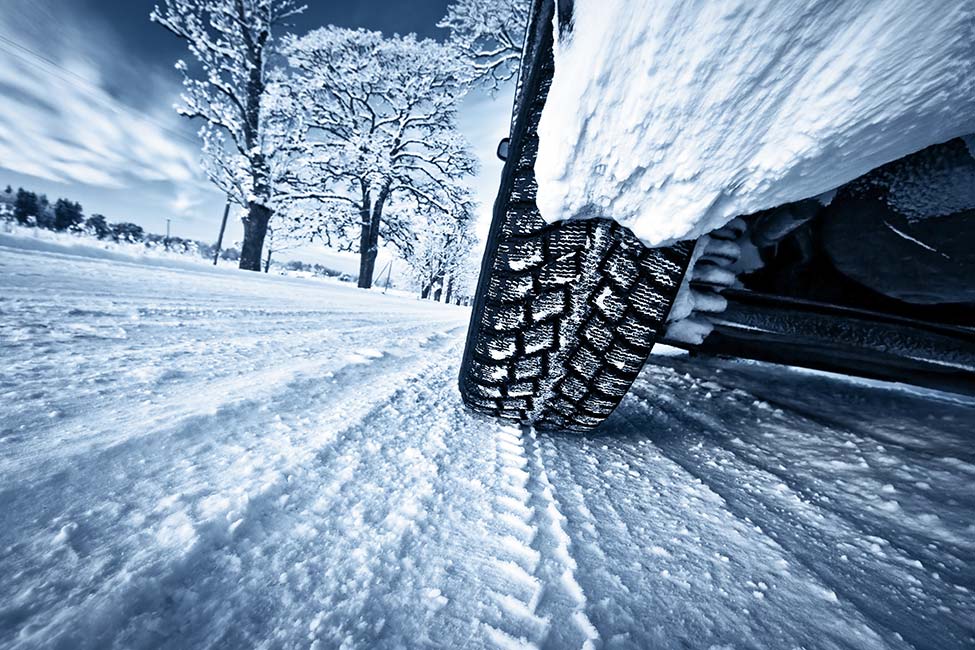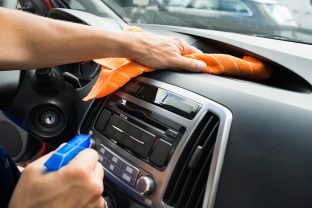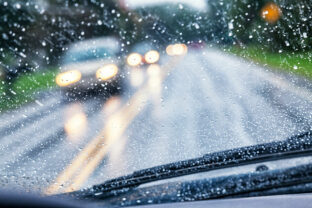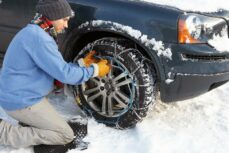Winter tyres or snow tyres: what is the difference?

MS standard, 3PMSF, Nordic tyre: the different markings
With tyres, the terms “winter” and “snow” refer to the same product, namely a tyre with the following properties:
- Made from a softer compound, with deeper grooves and narrow cuts built into the tread, which makes them less prone to hardening due to cold;
- The structure increases contact with the road, thus improving grip
- The grooves help disperse snow and water
Winter tyres can be identified by their marking. There are three categories of tyres suitable for use in winter conditions:
- M+S (Mud and Snow) tyres, which perform better on snowy or muddy roads than standard models;
- 3PMSF (3 Peak Mountain Snowflake) tyres, approved as tyres for extreme conditions, following braking and acceleration tests on snowy roads;
- ICE or “Nordic” tyres, suitable for the most extreme conditions, especially in icy conditions. Studded snow tyres are illegal in the UK.
Equipment obligation: what does the Highway Code say?
In the UK, winter tyres are not mandatory; only a small percentage of drivers choose to fit them, mainly those who live in remote areas, such as the Scottish Highlands, where bad winter weather is more likely.
It is a different story in Mainland Europe, where in some countries, such as Sweden and Austria, you can be fined for not having winter tyres fitted during months when they are compulsory. Check local guidelines to stay safe and within the law.
Winter tyres ensure your safety on snowy or slippery roads. Ensure they have the official markings, especially if driving abroad in winter.














